Ukraine

Country Spotlight
Upon Ukraine’s 1991 independence, over 1,700 Soviet nuclear weapons were left on its territory. Ukraine never possessed operational control of the weapons, and all were removed to Russia under a 1994 agreement in exchange for security assurances. Ukraine has accused Russia of violating the agreement with its 2014 annexation of Crimea, and again with the 2022 Russian invasion of Ukraine.
See Ukraine’s performance in:
Region Former Soviet Union
1,240 Nuclear warheads inherited from former Soviet Union and returned to Russia
16 Intercontinental ballistic missile silos deactivated and destroyed
2014 Lost control over radiological material in Crimea after Russia annexed the territory
1992 Disassembled or transferred chemical weapons infrastructure by 1992
Nuclear
- In 2023, the Russian-occupied Zaporizhzhia Nuclear Power Plant in southern Ukraine shut down all six reactors, removing the risk of serious radiological consequences
- Never possessed operational control of any nuclear weapons left on its territory after the fall of the Soviet Union
- Relies on 15 nuclear power reactors to generate over half of the country’s electricity
- Fulfilled 2010 commitment to remove all Highly Enriched Uranium from its territory
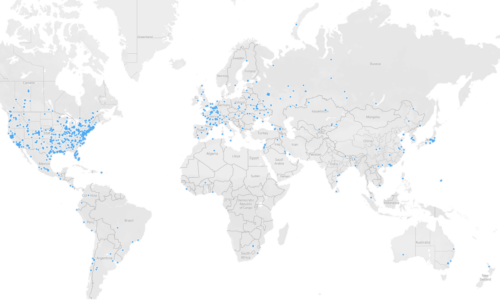
Overview of The CNS Global Incidents and Trafficking Database
Biological
- Has not engaged in biological weapons activities since independence in 1991
- Joined a Cooperative Threat Reduction agreement with the U.S. to secure biological institutes
- Continues to study biological agents at Ministry of Health and Veterinary laboratories
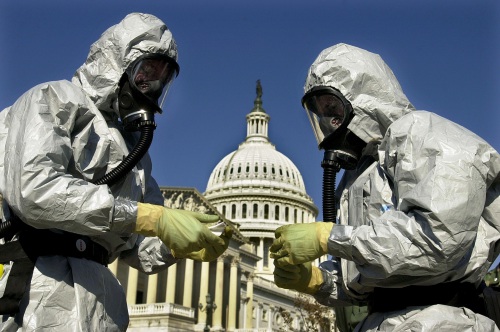
Tutorial on Biological Weapons Nonproliferation
Ukraine Overview
Missile
- Developing the Hrim-2, a short-range ballistic missile (SRBM)
- Used its Neptune antiship cruise missile to destroy a Russian missile cruiser; modified the Neptune for use as a land-attack cruise missile
- Used ATACMS missiles received from the US in 2023 to attack Russian military targets
Overview of The CNS Missile and SLV Launch Databases
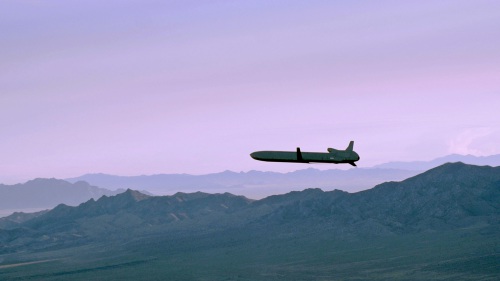
Tutorial on Missiles and Other WMD Delivery Systems
Chemical
- Territory used by Soviet government for chemical weapons storage and testing prior to 1991
- Returned all chemical weapons to Russia for elimination following independence
- Participates in training to respond to assassinations involving chemical weapons
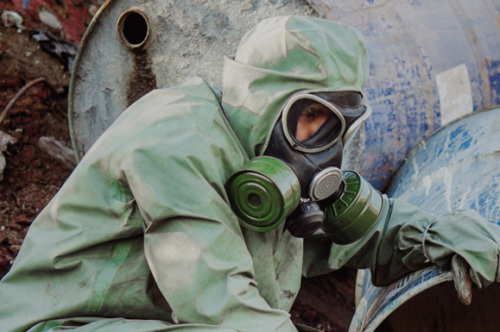
Tutorial on Chemical Weapons Nonproliferation

NTI Tutorials
Treaties and Regimes Memberships
- NTI
- CNS
Analysis
Ukraine
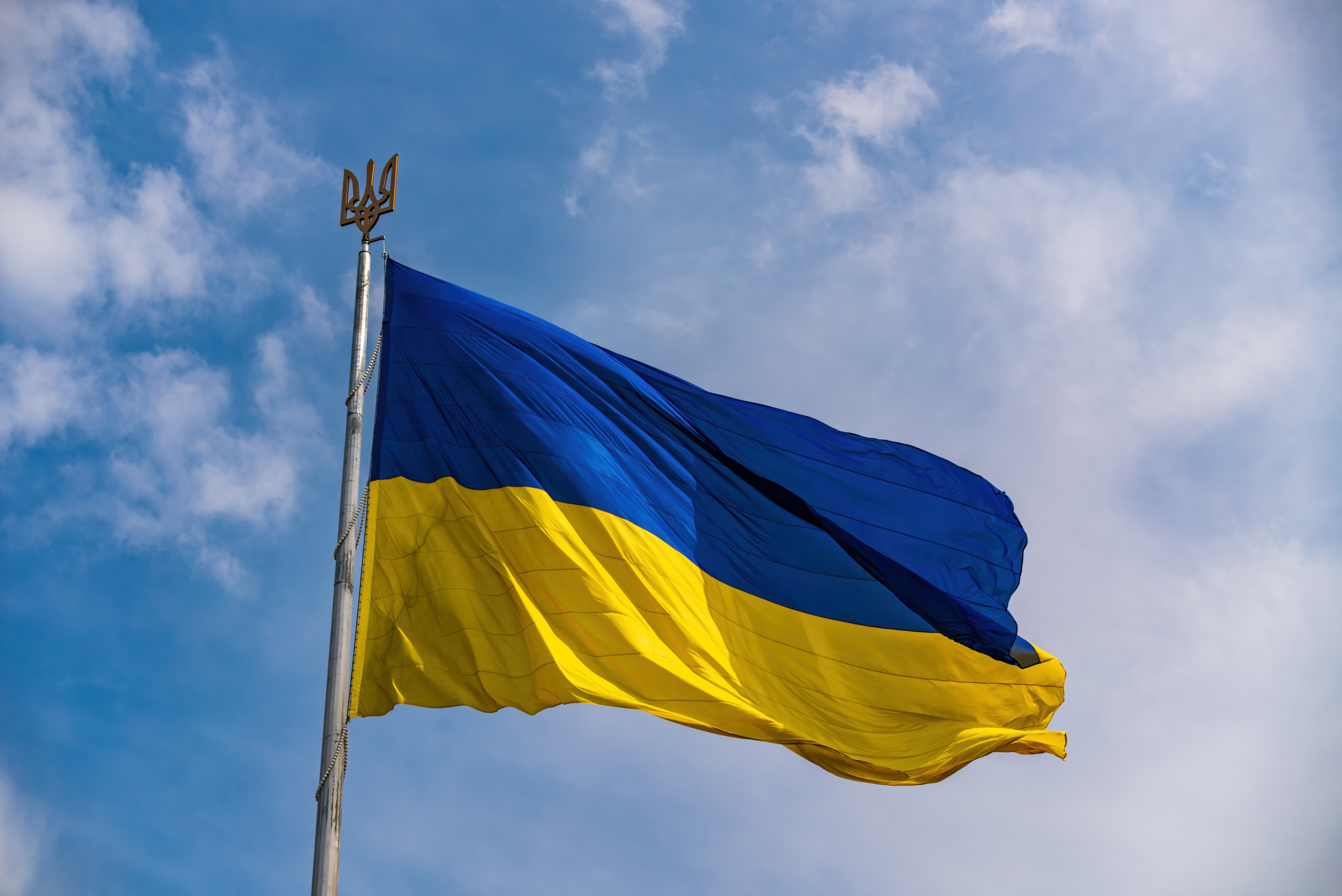
NTI Resources on the War in Ukraine
As the war in Ukraine continues, destroying cities and causing the worst humanitarian crisis in Europe in a generation, NTI’s policy experts are fanning out across the news media to discuss the implications of Putin’s actions
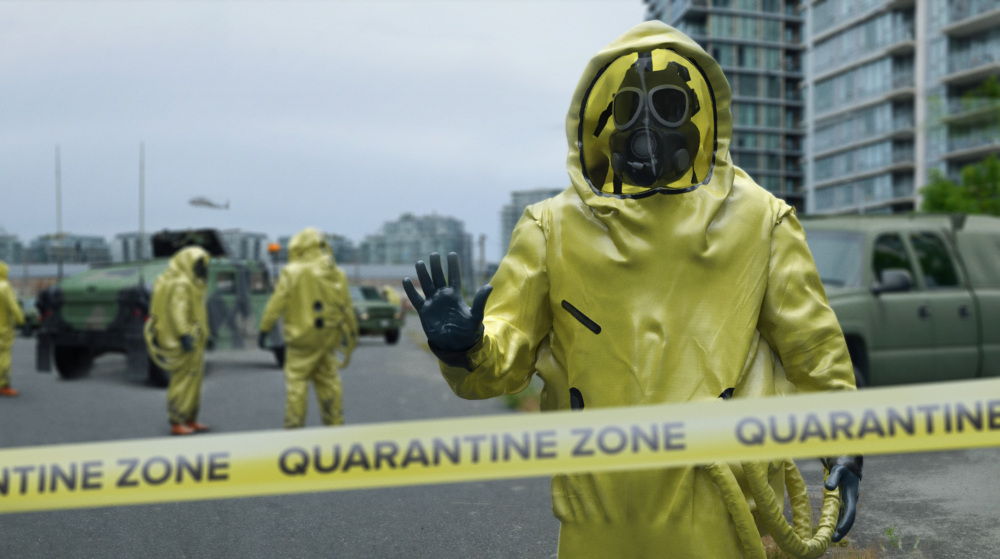
Russian Propaganda Establishes a Dangerous, Permissive Environment
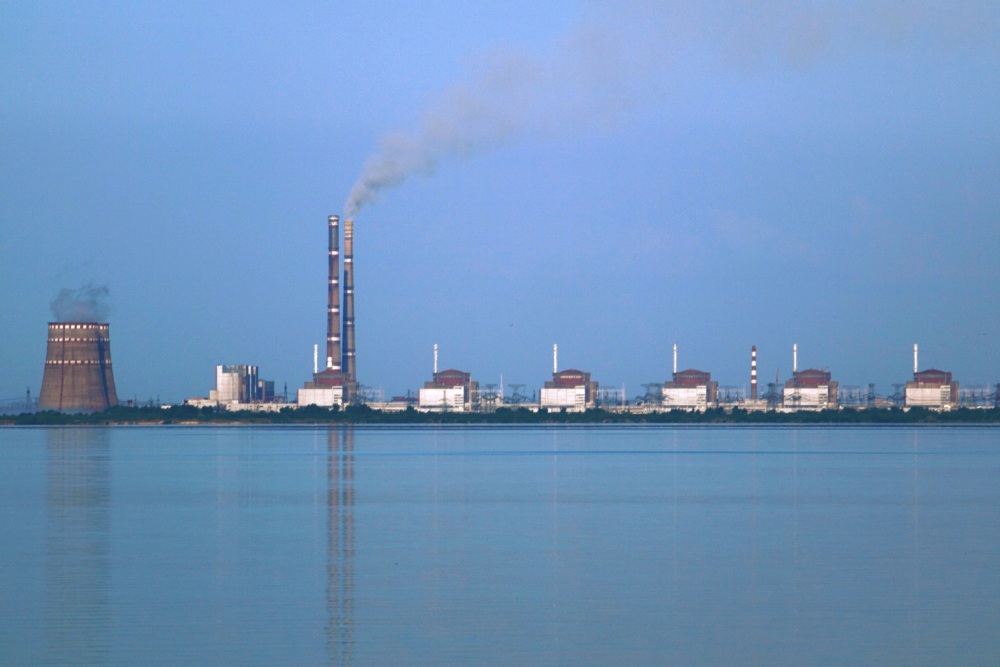
What happened at Ukraine’s Zaporizhzhia nuclear power plant and what are the implications?

Education Center
Extensive resources on nuclear policy, biological threats, radiological security, cyber threats and more.
Sources
- Andrew Katell and Hanna Arhirova, “Explainer: Ukraine’s Nuclear Power Plant Shutdown Cuts Risks,” Associated Press News, September 12, 2022, www. apnews.com.
- Steven Erlanger and Marc Santora, “‘This Is Not Ukraine’s Fault’: Tensions Ease over Missile Strike in Poland,” The New York Times, November 17, 2022, www.nytimes.com.
